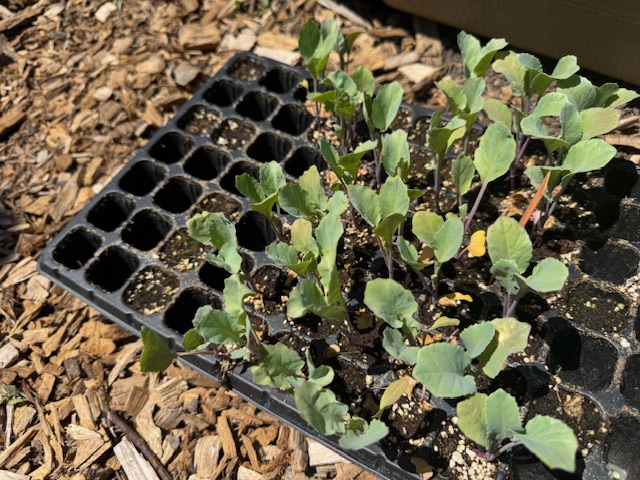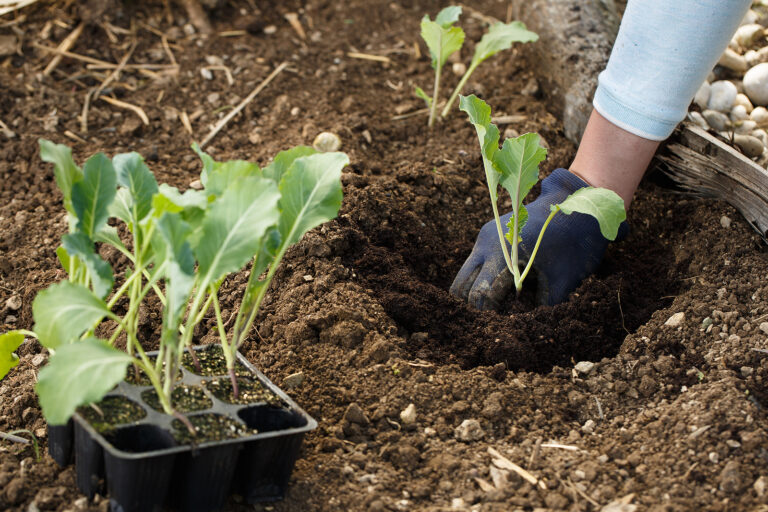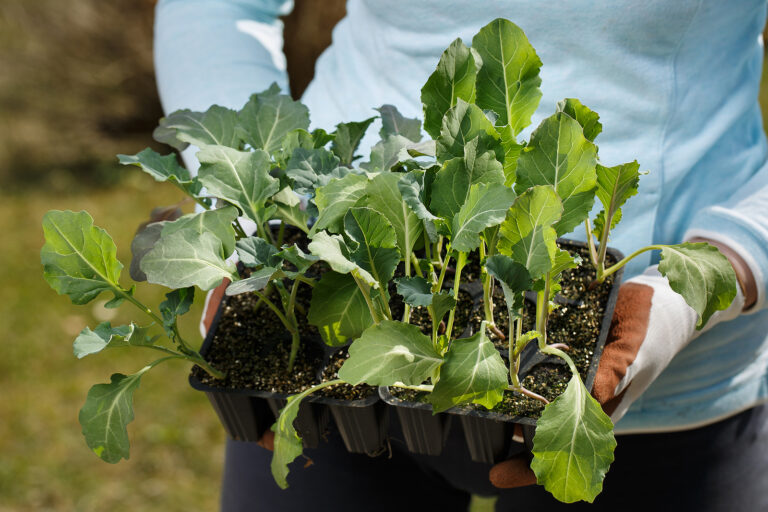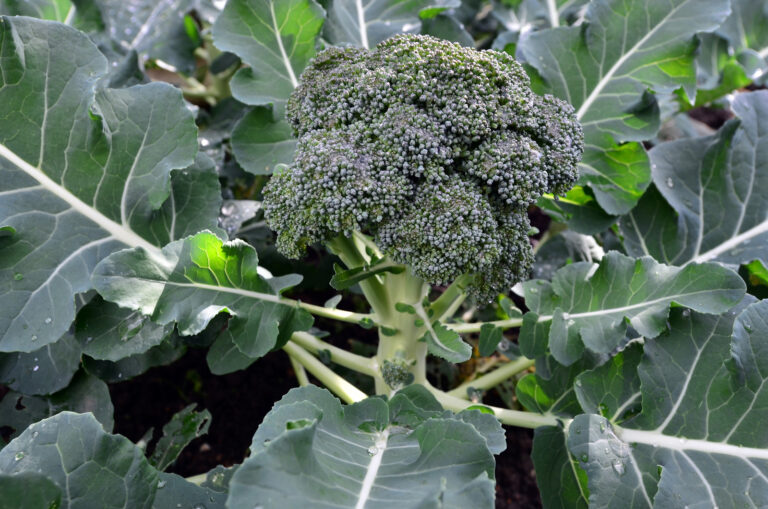How to Water and Fertilize Artichokes for Big, Tender Buds
Growing artichokes successfully comes down to two essential practices: steady moisture and consistent nutrition. Over years of growing artichokes in both the cool coastal influence of Sonoma Valley and the warmer inland pockets nearby, I’ve learned that how you water and fertilize has a direct, visible effect on bud size, tenderness, and total yield. Artichokes are generous plants when their needs are met—and unforgiving when neglected.
Below is a practical, experience-based guide to watering and feeding artichokes for big, tender, flavorful buds.
Why Water and Fertilizer Matter So Much
Artichokes are heavy feeders with deep, wide-ranging root systems. They need:
- Moist but well-drained soil for continuous growth
- Regular nutrients to support large leaves and multiple bud sets
When either water or nutrients fluctuate, plants respond immediately with smaller buds, tougher bracts, and reduced harvests.
In my garden, the difference between well-watered, well-fed plants and neglected ones is dramatic—you can see it in the thickness of stalks and feel it in the tenderness of the buds.
How to Water Artichokes for Maximum Bud Size
1. Water Deeply and Regularly
Artichoke roots reach 3–4 feet deep when soil conditions allow. They perform best when the root zone stays evenly moist.
Watering guidelines
- New transplants: water every 2–3 days for the first two weeks
- Established plants: water deeply 1–2 times per week
- Hot inland areas: water 2–3 times per week during heat spells
- Coastal/mild climates: weekly watering is usually enough
I’ve noticed that buds grow noticeably larger during periods when soil moisture stays consistent—no long dry spells, no sudden flooding.
2. Use Mulch to Hold Moisture
Mulch is one of the most important tools for artichoke watering success.
Apply 2–3 inches of:
- Straw
- Shredded leaves
- Grass clippings
- Compost
In my experience, mulched artichokes need about 30–40% less water and stay far more resilient through summer heat.
3. Avoid Overhead Watering
Artichokes are susceptible to fungal diseases, especially in cool or humid climates. Instead:
- Use drip irrigation
- Apply water at the base
- Water early in the day if using sprinklers
This keeps foliage dry and reduces stress on developing buds.
How to Fertilize Artichokes for Strong Growth
Artichokes are heavy feeders from spring through mid-summer. They grow best with steady access to nitrogen early on and balanced nutrients as buds begin forming.
1. Start With Rich Soil
Before planting, work in:
- 2–4 inches of compost
- A balanced organic fertilizer such as 4-4-4 or 5-5-5
This sets a nutrient foundation that supports early vegetative growth.
2. Feed Regularly During the Growing Season
Fertilizing schedule
- At planting: compost + balanced fertilizer
- Every 4–6 weeks: apply a balanced organic fertilizer around the base
- Mid-season: side-dress with compost to replenish nutrients
Artichokes respond quickly to consistent feeding. In my garden, plants that receive mid-season compost always produce a larger second flush of buds.
3. Use Nitrogen Wisely
Nitrogen boosts leafy growth, which is vital early on—but too much nitrogen late in the season can delay bud formation.
My recommended timing:
- High nitrogen early (fish emulsion, blood meal, or a 7-2-2 organic mix)
- Balanced fertilizer once plants reach full size
- Low nitrogen during bud formation
This pattern encourages vigorous stalks early but ensures the plant refocuses on bud production at the right time.
4. Consider Liquid Feeding for Fast Results
When plants look tired, stunted, or pale:
- Apply a liquid organic fertilizer
- Follow with a deep watering
Liquid feeds are especially useful for container-grown artichokes or plants under heat stress.
Water + Fertilizer Timing: My Proven Combination
Here is the routine that consistently produces my biggest, most tender buds:
- Early spring: deep watering + nitrogen-rich feed
- Mid-spring: balanced fertilizer + side-dress with compost
- Peak growth: maintain deep, regular watering + mulch
- Bud development: balanced fertilizer only
- After first harvest: light feeding + resume steady watering
This cycle supports both early vigor and repeated harvests.
Final Thoughts
Big, tender artichoke buds come from plants that grow steadily—never starved for water, never short on nutrients. Through years of hands-on experience, I’ve learned that consistency matters more than anything else. With deep watering, regular feeding, and thoughtful timing, your artichokes will reward you with generous harvests and exceptional flavor.
Artichoke Learning Hub
Start here: How to Plant and Grow Artichokes: A Complete Guide – Full overview combining planting, care, and tips.
1. Planning and Varieties
- Best Artichoke Varieties for Home Gardeners – Choose the right variety for your climate and garden space.
- The Best Growing Conditions for Artichokes: Climate, Soil, and Sun Requirements – Understand the ideal environment for strong growth.
- The Best Companion Plants for Artichokes – Maximize productivity and garden health through smart plant pairings.
2. Starting Artichokes
- How to Start Artichokes From Seed: Indoor Sowing, Transplanting, and Timing – Begin your artichokes indoors for an early start.
- How to Plant Artichokes the Right Way: Soil Prep, Spacing, and Transplant Tips – Ensure proper planting for vigorous growth.
- When to Plant Artichokes in Your Garden: Cool-Season Timing for Every Climate – Align planting with seasonal windows.
- Artichoke Planting Calendar: Month-by-Month Guide – Reference for planting, care, and expected harvest times.
3. Care and Maintenance
- How to Water and Fertilize Artichokes for Big, Tender Buds – Ensure strong growth and large, flavorful buds.
- Artichoke Care Throughout the Season: Pruning, Mulching, and Overwintering Tips – Seasonal care strategies for healthy plants.
- How to Overwinter Artichokes for Bigger Harvests Next Year – Protect crowns for larger next-season yields.
- How to Grow Artichokes in Containers: Soil Mix, Pot Size, and Seasonal Care – For gardeners with limited space.
- Artichokes Growing Problems: Troubleshooting – Identify and solve common issues for healthier plants.
4. Harvesting, Storing, and Cooking
- How to Harvest and Store Artichokes – Timing and methods for picking tender buds.
- How to Store and Preserve Artichokes: Refrigeration, Freezing – Extend freshness and flavor post-harvest.
- How to Cook and Serve Artichokes – Turn your harvest into delicious dishes.






